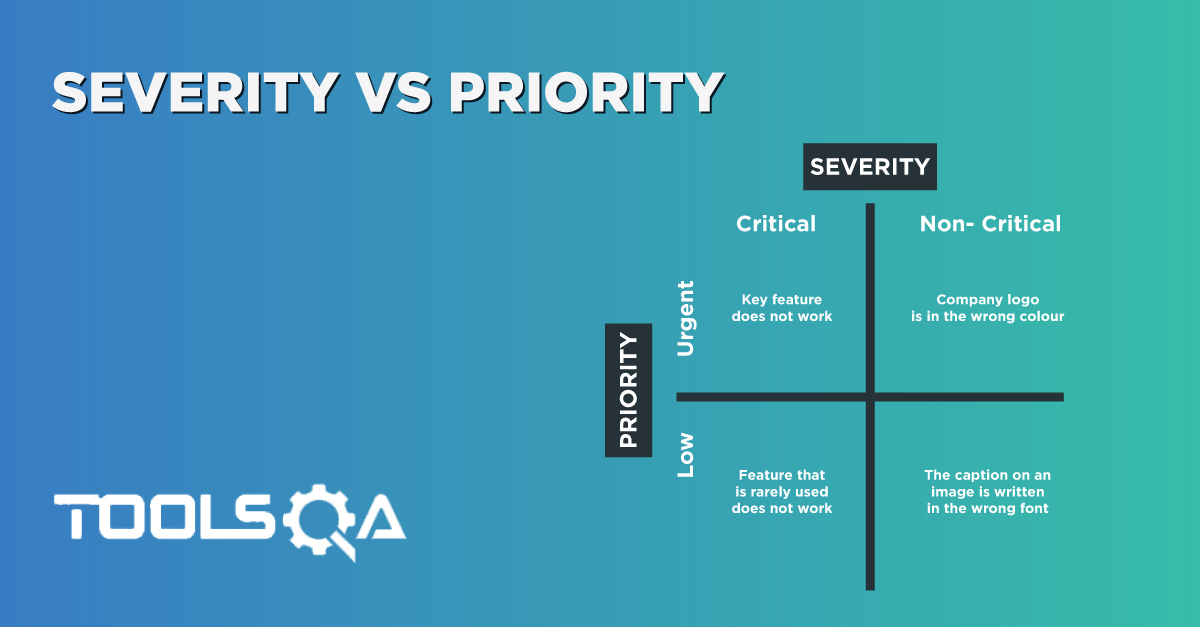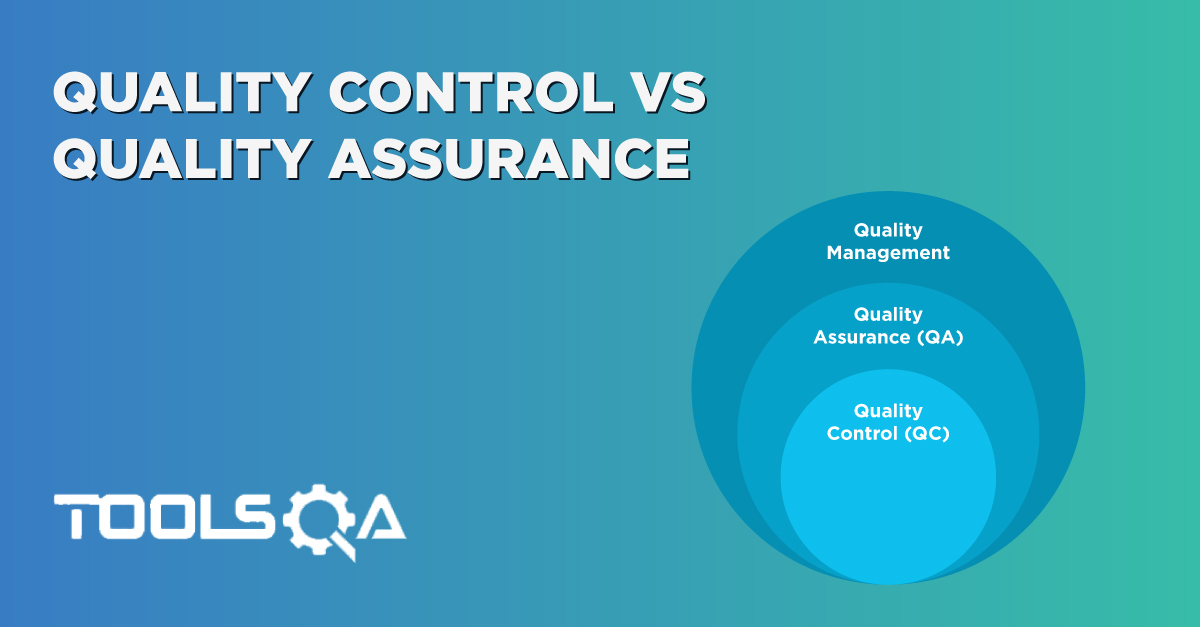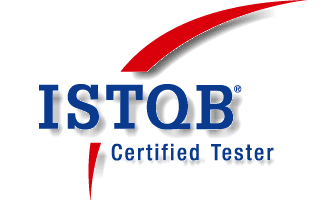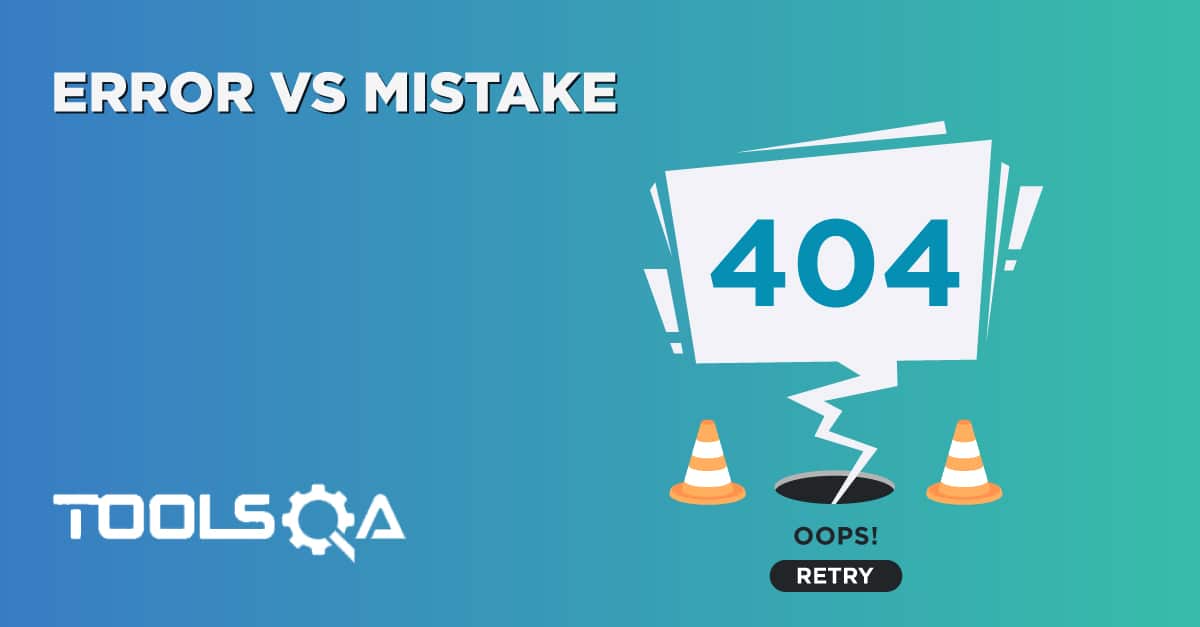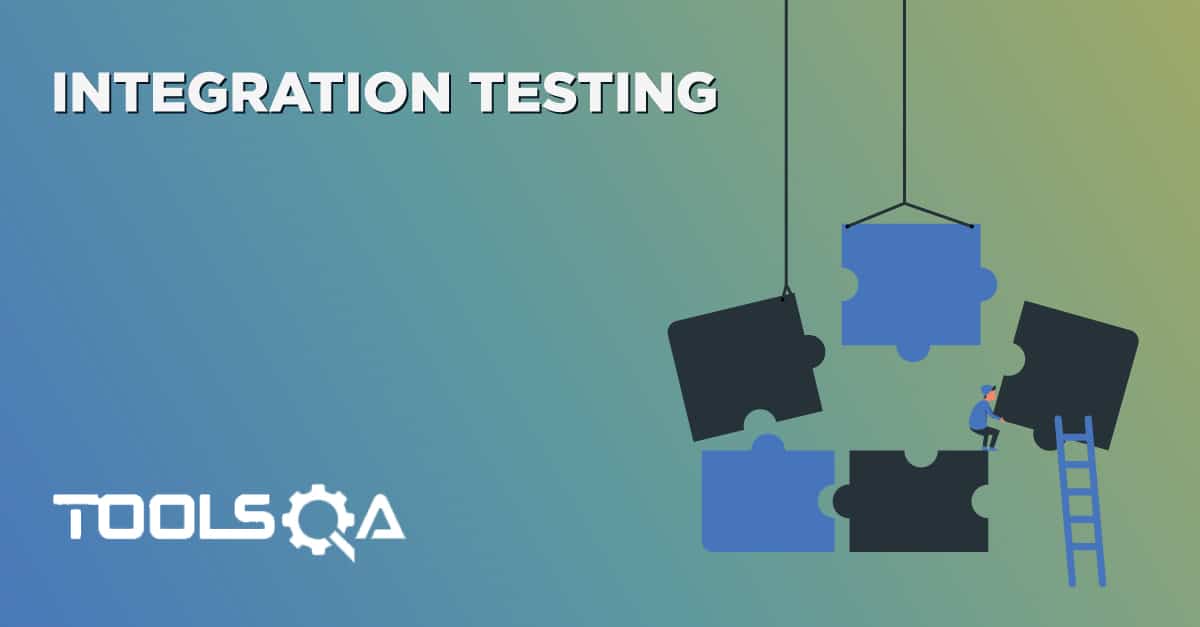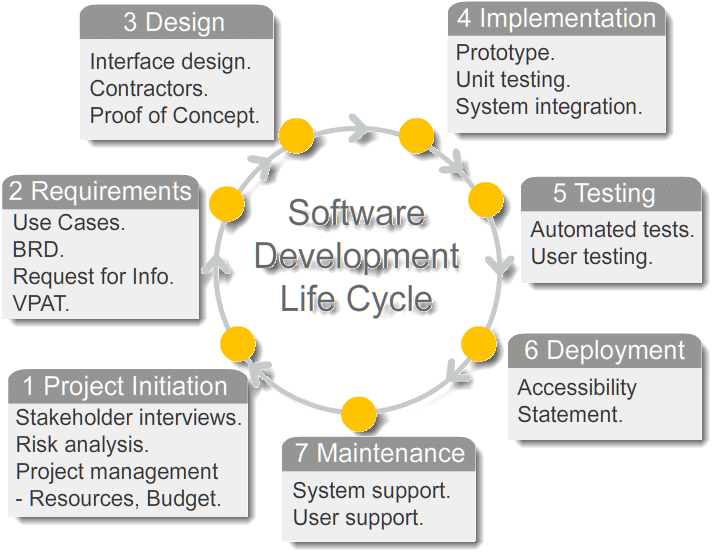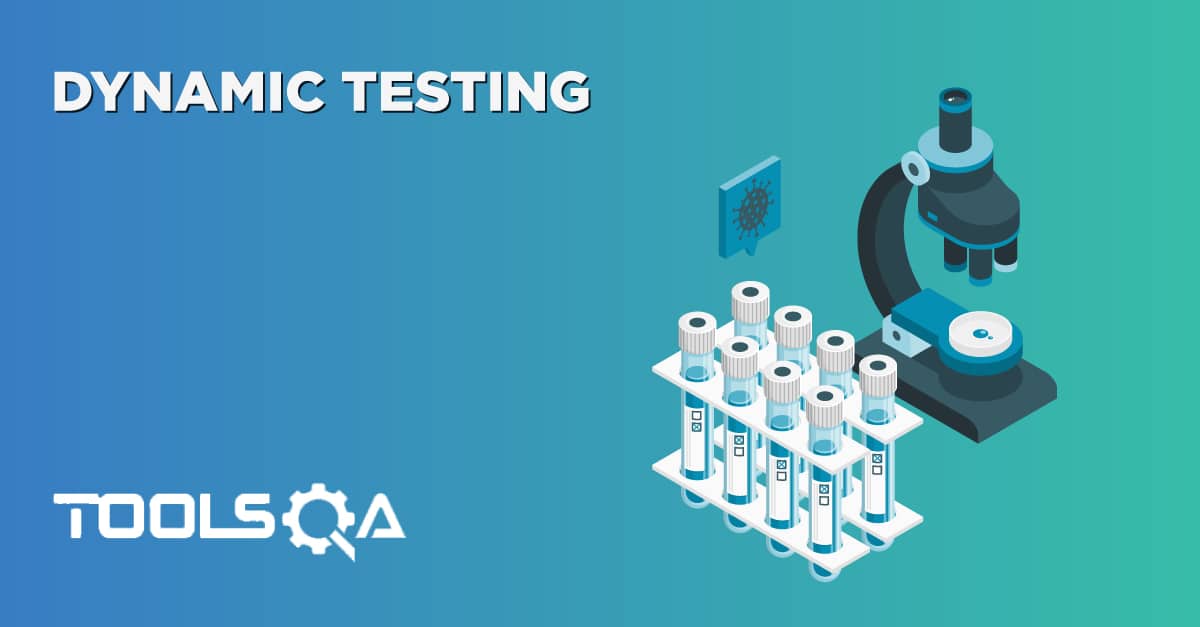What is Verification?
Definition : The process of evaluating software to determine whether the products of a given development phase satisfy the conditions imposed at the start of that phase.
Verification is a static practice of verifying documents, design, code and program. It includes all the activities associated with producing high quality software: inspection, design analysis and specification analysis. It is a relatively objective process.
Verification will help to determine whether the software is of high quality, but it will not ensure that the system is useful. Verification is concerned with whether the system is well-engineered and error-free.
Methods of Verification : Static Testing
- Walkthrough
- Inspection
- Review
What is Validation?
Definition: The process of evaluating software during or at the end of the development process to determine whether it satisfies specified requirements.
Validation is the process of evaluating the final product to check whether the software meets the customer expectations and requirements. It is a dynamic mechanism of validating and testing the actual product.
Methods of Validation : Dynamic Testing
- Testing
- End Users
Difference between Verification and Validation
The distinction between the two terms is largely to do with the role of specifications.

Validation is the process of checking whether the specification captures the customer's needs. “Did I build what I said I would?”
Verification is the process of checking that the software meets the specification. “Did I build what I need?”
| Verification | Validation |
|---|---|
| 1. Verification is a static practice of verifying documents, design, code and program. | 1. Validation is a dynamic mechanism of validating and testing the actual product. |
| 2. It does not involve executing the code. | 2. It always involves executing the code. |
| 3. It is human based checking of documents and files. | 3. It is computer based execution of program. |
| 4. Verification uses methods like inspections, reviews, walkthroughs, and Desk-checking etc. | 4. Validation uses methods like black box (functional) testing, gray box testing, and white box (structural) testing etc. |
| 5. Verification is to check whether the software conforms to specifications. | 5. Validation is to check whether software meets the customer expectations and requirements. |
| 6. It can catch errors that validation cannot catch. It is low level exercise. | 6. It can catch errors that verification cannot catch. It is High Level Exercise. |
| 7. Target is requirements specification, application and software architecture, high level, complete design, and database design etc. | 7. Target is actual product-a unit, a module, a bent of integrated modules, and effective final product. |
| 8. Verification is done by QA team to ensure that the software is as per the specifications in the SRS document. | 8. Validation is carried out with the involvement of testing team. |
| 9. It generally comes first-done before validation. | 9. It generally follows after verification. |
